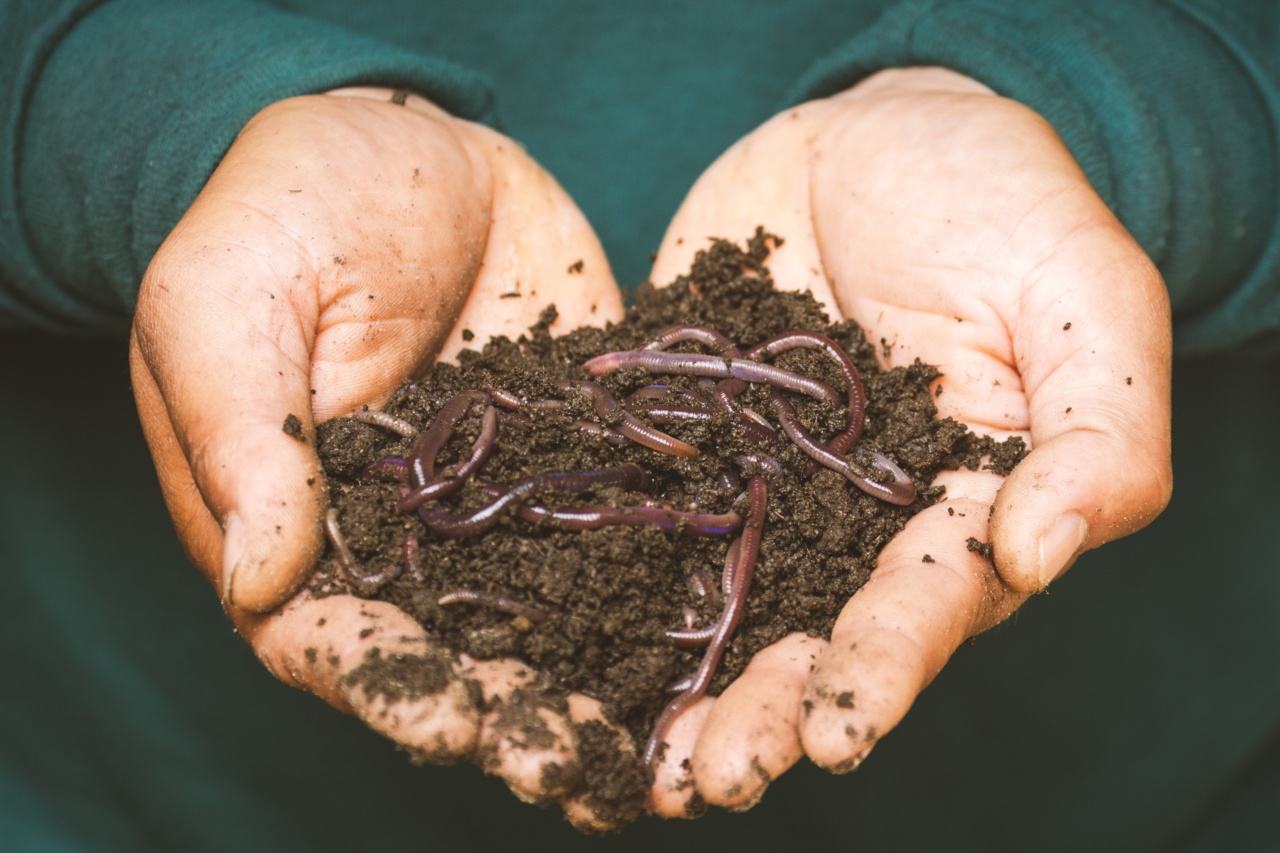Dandruff is a common problem that affects millions of people around the world. It is characterized by the presence of white or yellow flakes on the scalp, which can be itchy and irritating.
Despite its prevalence, the root cause of dandruff is not well understood, and there are many different theories about what triggers this condition. In this article, we will explore some of the possible causes of dandruff and the ways in which it can be treated and prevented.
What Causes Dandruff?
There are several factors that can contribute to the development of dandruff. Some of the most common causes include:.
1. Malassezia Fungus
One of the leading theories about the root cause of dandruff is that it is caused by a fungus called Malassezia. This fungus is found on the scalp of most people, but in some individuals, it can cause an overgrowth that leads to dandruff.
Malassezia feeds on the oils produced by the sebaceous glands, which can cause inflammation and flaking of the scalp. This theory is supported by the fact that anti-fungal treatments are often effective at reducing dandruff symptoms.
2. Dry Scalp
Dryness of the scalp is another common cause of dandruff. When the scalp becomes too dry, it can lead to itching, flaking, and irritation. Dry scalp can be caused by a variety of factors, including cold weather, harsh shampoos, and inadequate hydration.
People with naturally dry skin may also be more prone to dandruff.
3. Oily Scalp
On the other hand, an overly oily scalp can also contribute to the development of dandruff. When the sebaceous glands produce too much oil, it can create an environment that is conducive to the growth of the Malassezia fungus.
Additionally, excess oil can trap dead skin cells and other debris, leading to the formation of flakes.
4. Skin Conditions
Some skin conditions, such as psoriasis and eczema, can also cause dandruff. These conditions can cause inflammation and flaking of the scalp, which can be mistaken for dandruff. However, they often require different treatments than typical dandruff.
5. Sensitivity to Hair Products
Some people may be sensitive to the ingredients in their hair products, such as shampoos, conditioners, and styling products. This can lead to scalp irritation, inflammation, and flaking, which can be mistaken for dandruff.
If you suspect that your hair products may be contributing to your dandruff, try switching to gentler, more natural products.
Treatments for Dandruff
There are several treatments that can be effective at reducing dandruff and its associated symptoms. Some of the most common treatments include:.
1. Anti-Fungal Shampoos
Anti-fungal shampoos are often recommended for people with dandruff caused by the Malassezia fungus. These shampoos contain ingredients that can help to kill the fungus and reduce inflammation and flaking.
Some common anti-fungal ingredients include ketoconazole, selenium sulfide, and pyrithione zinc.
2. Coal Tar Shampoos
Coal tar shampoos are another option for treating dandruff. These shampoos contain coal tar, which can help to reduce inflammation and slow down the growth of skin cells on the scalp.
However, they can also cause skin irritation and sensitivity in some people, so use with caution.
3. Salicylic Acid Shampoos
Salicylic acid shampoos are a good choice for people with dandruff caused by a dry scalp. Salicylic acid can help to exfoliate dead skin cells and reduce flaking and irritation.
However, these shampoos can also be harsh on the scalp and should be used sparingly.
4. Tea Tree Oil
Tea tree oil is a natural remedy that has been used for centuries to help treat a variety of skin conditions, including dandruff.
It has anti-inflammatory and anti-fungal properties that make it effective at reducing scalp inflammation and killing the Malassezia fungus. However, it should be used with caution, as it can cause skin irritation in some people.
5. Apple Cider Vinegar
Apple cider vinegar is another natural remedy that can be effective at reducing dandruff. It works by balancing the pH of the scalp, which can help to reduce inflammation and prevent the growth of the Malassezia fungus.
However, it should be diluted before use, as pure vinegar can be too harsh on the skin.
Preventing Dandruff
While there is no guaranteed way to prevent dandruff, there are several steps you can take to reduce your risk of developing it. Some of the most effective strategies include:.
1. Keeping the Scalp Clean
Regular washing of the hair and scalp can help to prevent the buildup of dead skin cells, oil, and other debris that can contribute to dandruff. Use a gentle, pH-balanced shampoo that is free from harsh chemicals and sulfates.
2. Brushing the Hair Regularly
Brushing the hair regularly can help to distribute the oils on the scalp and prevent the buildup of dead skin cells. Use a soft-bristled brush and work from the roots to the tips of the hair.
3. Managing Stress
Stress can have a negative impact on the body in many ways, including the health of the scalp. Find healthy ways to manage stress, such as exercise, meditation, or spending time in nature.
4. Eating a Healthy Diet
A healthy diet can help to support the overall health of the body, including the scalp. Focus on eating a variety of nutrient-rich foods, such as fruits, vegetables, whole grains, and lean proteins.
5. Limiting the Use of Styling Products
Styling products can be harsh on the scalp and can contribute to the buildup of dead skin cells and oil. Limit the use of styling products, or opt for more natural, gentle options.
Conclusion
Dandruff can be a frustrating and uncomfortable condition, but it is not impossible to treat and prevent.
By understanding the root causes of dandruff and taking steps to address them, you can reduce your risk of developing this condition and enjoy a healthier, happier scalp.






























